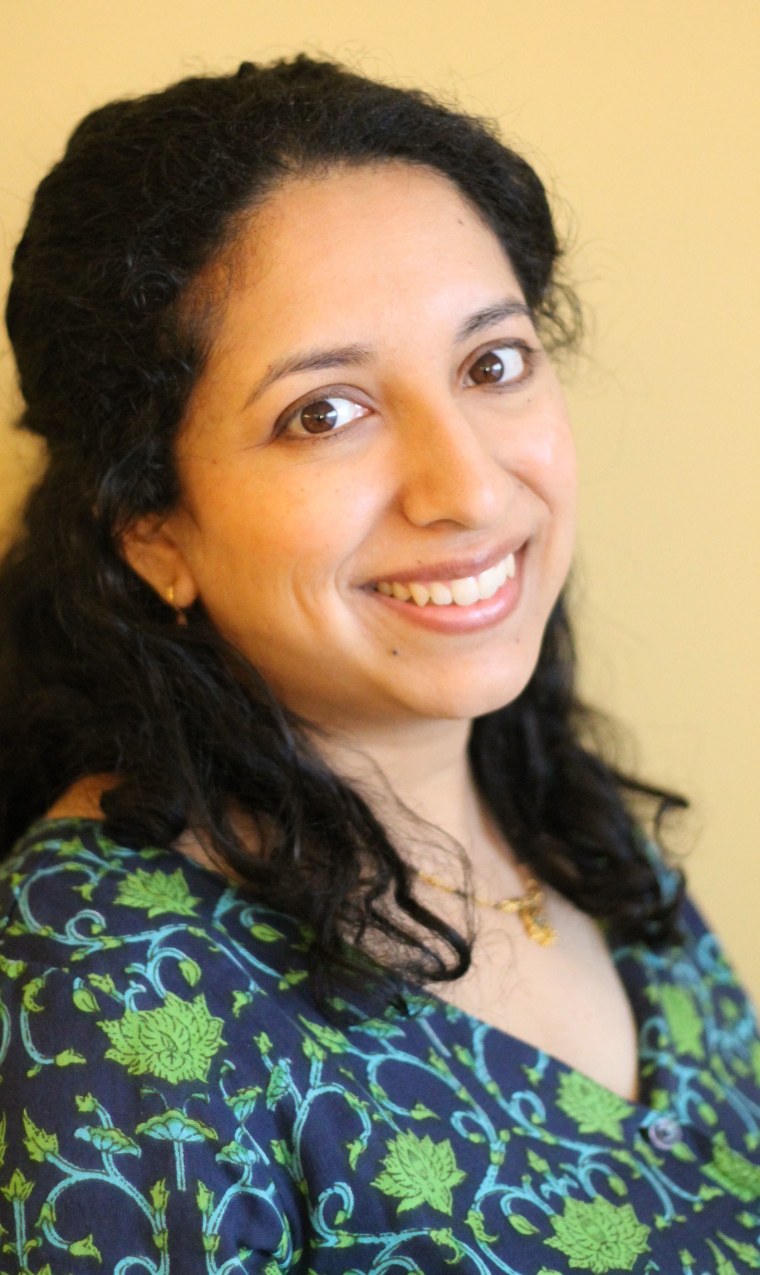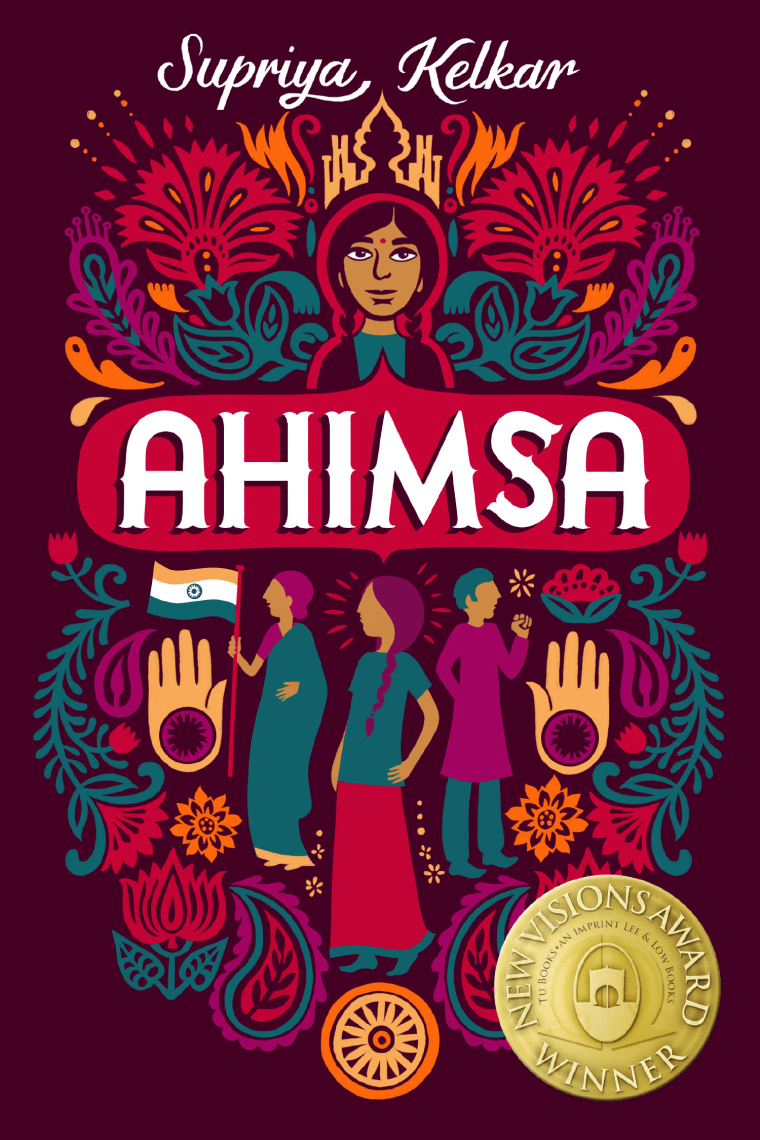Author Supriya Kelkar first began thinking of the story that would become her debut middle-grade novel more than 15 years ago as a young professional in the Indian film industry.
“I was working on some scripts and I kept thinking about my great-grandmother’s story,” Kelkar said. "In 1942, Gandhi asked each family to give one member of each family to join the freedom movement. My great-grandfather had to work, so she went.”
That decision took Kelkar’s great-grandmother Anasuyabai Kale, who was born in British India in 1896, on a years-long journey which included spending time in prison for protesting nonviolently and getting electing to India’s Parliament a few years after the country became independent from Britain in 1947.
After several unsuccessful attempts to turn Kale’s story into a screenplay Kelkar decided to try a different format. Her new middle-grade book “Ahimsa,” which is set to be released on Oct. 2, takes its title from the Sanskrit word for nonviolence, which was a central component to Gandhi’s activism.
“When I fictionalized it, I decided to do it from a child’s perspective, and 10-year-old Anjali is worried her father will join the movement when as her mother goes instead,” Kelkar explained. The fictional Anjali also had to confront her privilege when freedom fighters were asked to give up things like imported clothes. As her mother starts working with the lower caste Dalit communities (who were then known as Untouchables), Anjali also has to reconsider everything she believes about Indian society.
While several activism-oriented novels have been written for middle grade and young adult readers in recent years, “Ahimsa” is notable for describing the Indian freedom struggle from a child’s perspective. Though Anasuyabai Kale has been the subject of several biographies in India, Kelkar said that she herself did not know her story until she was in high school.

“I didn’t think much about activism when I was I child,” Kelkar, who was born and raised in Michigan, said. “I used to write letters to companies protesting things sometimes, but it wasn’t until much later that I learned that writing can be used for speaking up and speaking out.”
Researching the time period sometimes proved challenging. Kale died in 1958 and Kelkar’s own maternal grandparents died when she was a child. “My mom had her biography, but it was in Marathi, which would have taken me years to read. But I would also speak to my great-aunt a lot while writing about a lot of the customs and what it was like,” Kelkar said. “My mom [who was her granddaughter] would tell me about campaigning for her and chanting for people to give her their votes.”
Through her reading and interviews with family members, a portrait of a “determined woman who faced a lot of hardship,” emerged.
But it was while Kelkar was working on the 2006 Bollywood film "Lage Raho Munna Bhai" that she had the chance to really dive into researching the meaning of ahimsa and the motivations behind freedom fighters like her great-grandmother.
“Ahimsa was a principle of nonviolence at a time when conflicts were generally solved through war. This was the first time this unique idea helped create a country,” Kelkar said. “You don’t need to own a weapon to do this. It is within you.”
Follow NBC Asian America on Facebook, Twitter, Instagram and Tumblr.
